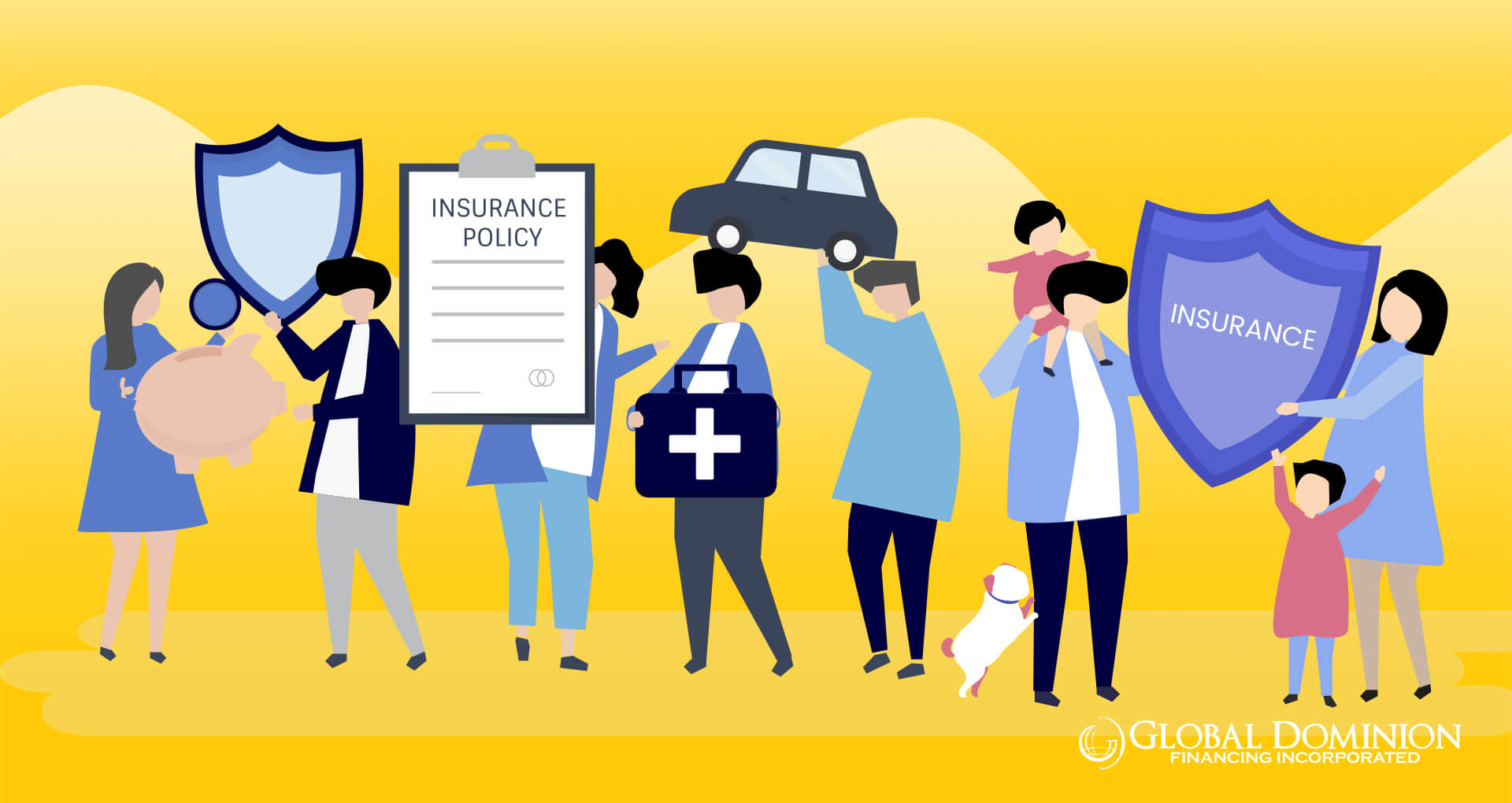Types of Insurance that Filipinos Should Get

The mere mention of the word “insurance” can trigger mixed reactions because of the lack of understanding of its purpose. Although more than half of the total population is covered by PhilHealth, a gray area is present representing the unfamiliarity of some Filipinos with how insurance works. This article will serve as your introduction to the types of insurance policies that we should have.
1. Life Insurance
Life insurance is a policy that protects you and your family from financial loss in times of unexpected events in life such as medical emergencies or death. Generally, there are four types and these are:
Term Life insurance
Term life insurance is the most affordable policy you can pay annually, but its structure offers little use to policyholders. It can only cover you for a specific period. If you outlive the term, it commonly doesn’t have any cash value and you won’t receive any benefit. You may opt to renew the plan for another term, but as you get older, so does the premium. If this doesn’t work for you, you may opt to convert the term life insurance into a whole life policy.
Whole Life Insurance
Whole life insurance is a type of life insurance that covers you throughout your lifetime, thus named whole life. Its premium dues are level for every year, and it also builds cash value and dividend payments, if the policy holder met the criteria. The best thing about whole life insurance is that the benefits are permanent, whether you demise or live beyond the insurable years. A whole life insurance policy is an investment you should have.
Universal Life Insurance
Universal life insurance is also permanent like a whole life insurance, but it has a different premium structure. Premiums are characterized as flexible but the cost of the policy inclines over time. It has a cash value account that grows depending on the rate decided by the insurance company. However, it cannot be sold as an investment.
Variable Universal Life Insurance (VUL)
Variable universal life insurance is the same as universal life insurance, except for the cash value account that has no guaranteed rate of returns. These variables are invested in sub-accounts, which refer to various asset classes of investments. The sub-account activated will be your choice, but its returns depend on the account’s performance in the market.
2. Health Insurance
Health insurance refers to the financial coverage during medical or health emergencies. It either pays a fraction of or the entire cost of healthcare services and procedure you received from accredited hospitals. While health insurance is included as a benefit in a life insurance policy, it can also be availed of on its own through private entities known as Health Maintenance Organizations (HMO). In the Philippines, our national Health Insurance body is PhilHealth.
3. Motor Car Insurance
Motor car insurance provides you financial protection from damages, injuries, collisions, and other liabilities caused by vehicular accidents. It is important to apply for auto insurance to give yourself and your family peace of mind whenever on the road. Here are the levels of auto coverage:
Liability
This level is a basic requirement for you to become an insured driver, protecting you from accidents in which you are either held or admittedly accountable. Liability covers the physical damages, hospital charges, and other upshots of the accidents.
Collision
Collision covers the vehicle repair from the damages received from a crash with an object or another vehicle. It also covers the property and other physical damages as a result of an accident.
Comprehensive
Comprehensive car insurance covers the repair or replacement of vehicles damaged by natural calamities, vandalism, or any event other than collision.
Underinsured or uninsured Motorist
This type of car insurance protects you when you get into an accident with drivers who are underinsured or uninsured. In case of an accident with you as an insured driver, the underinsured shoulders the expenses. However, the coverage is limited, and damages may be not part of the policy.
4. Travel Insurance
Insurance shields you from risks that can deplete your finances when you travel outside the country. It covers medical expenses abroad, personal accidents, and travel inconveniences. While some countries require travelers to have this type of insurance, it’s best to secure one whenever you travel outside the Philippines to follow a smooth itinerary and protect your hard-earned savings.
5. Property Insurance
Property Insurance protects you from financial losses when your house and other properties suffer damages brought by natural calamities and man-made hazards. The two types are:
Standard or Basic
This policy refers to the coverage of property damages arising from fire and lightning. It includes the house structure and belongings (fixtures, appliances, furniture, jewelry, cash, and valuable personal items.
Comprehensive or Extended
This policy covers more damages than the standard property insurance and the extent of benefits depends on the package chosen. Aside from lightning and fire, additional coverages include damages from a variety of disasters, including earthquakes, volcanic eruptions, storms, flash floods, explosions, vehicular accidents, firefighting-incurred damages, riots, theft, and other malicious acts.
6. Educational Insurance
Educational insurance is a policy designed for you to save up for your children’s future. The savings is converted into a lump sum and will be used for a university or college tuition.





